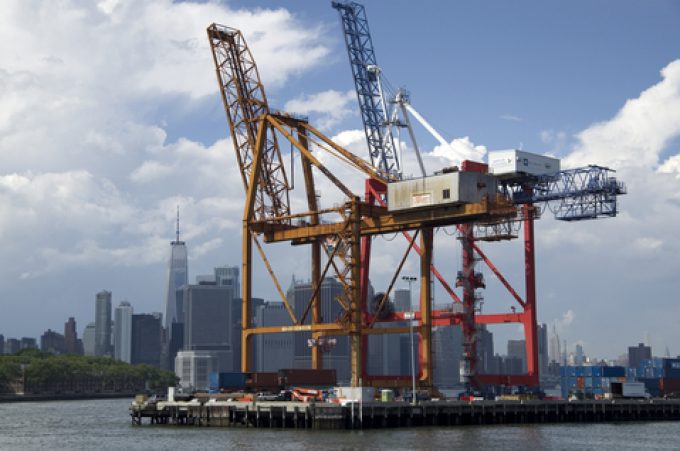US chassis-makers join chorus of trade barrier advocates over 'dumping'
Since mid-January the US government has unleashed a strong push against trade flows with a ...

US import container volumes grew by 5.9% in June, year on year, defying weaker consumer demand trends.
According to the latest McCown Report, throughput at the top ten US container ports reached 2,164,789 teu last month, after a 3% gain in May and a 5.1% increase in April.
This represented a huge, 26.9%, increase on the pre-pandemic levels of June 2019, evidence of the nation’s insatiable appetite for imported goods.
The US east and Gulf coast ports again saw the biggest increase in ...
Keep our news independent, by supporting The Loadstar
Volume surge and an early peak season? 'Don't celebrate too soon,' warning
Container spot rates diverge: to Europe still falling, but firmer to the US
Hapag-Lloyd won't take bookings if port congestion leaves cargo stranded
Ecommerce likely the front-runner in resurge of transpacific trade after deal
China-US trade tariff pause could drive a rebound for transpacific rates
Service chaos from trade ban with India a problem for Pakistan shippers
Shippers should check out the 'small print' in China-US tariff cuts
Airfreight rates ex-China 'loss-making', but hopes of a trade deal stay high
Carriers impose 'emergency operation' surcharges on Pakistan cargo
Serious threat to jobs in US logistics as tariffs cause economic 'stagflation'
15% rebate for box ships as Suez Canal Authority woos carriers
White House u-turns see freighters flying but keep logistics players on their toes
MSC in terminal switch as Nhava Sheva gets strong start to new fiscal year
Peak season or recession? Forwarders and shippers need to 'stay flexible'
Volga-Dnepr claims 'pirate' Canada has 'hijacked' its stranded aircraft


Comment on this article